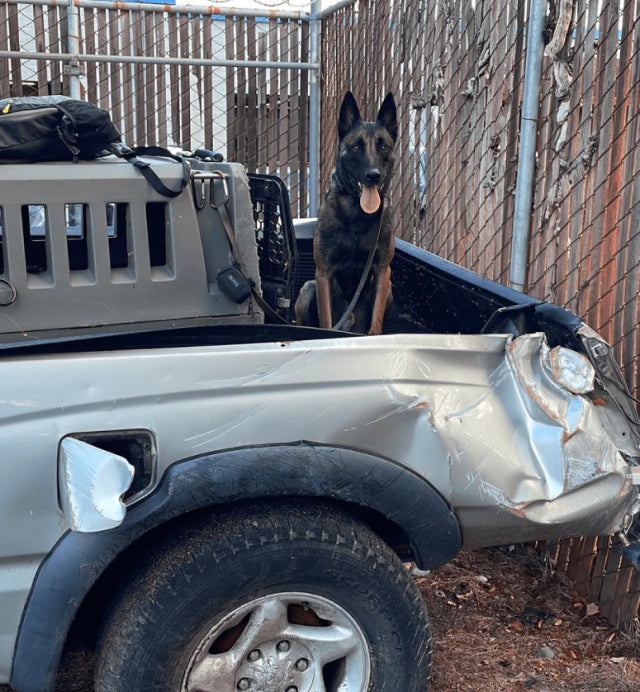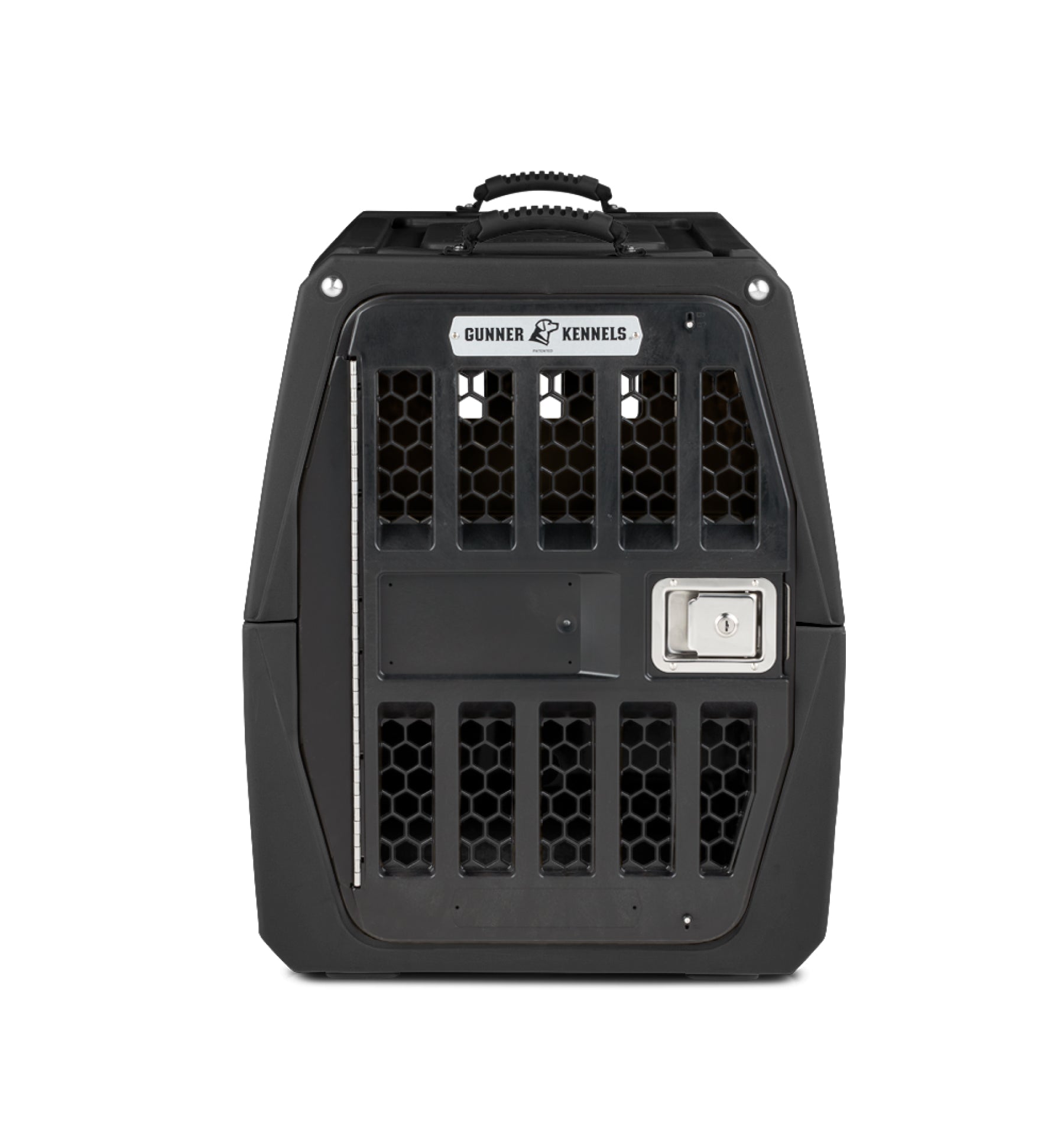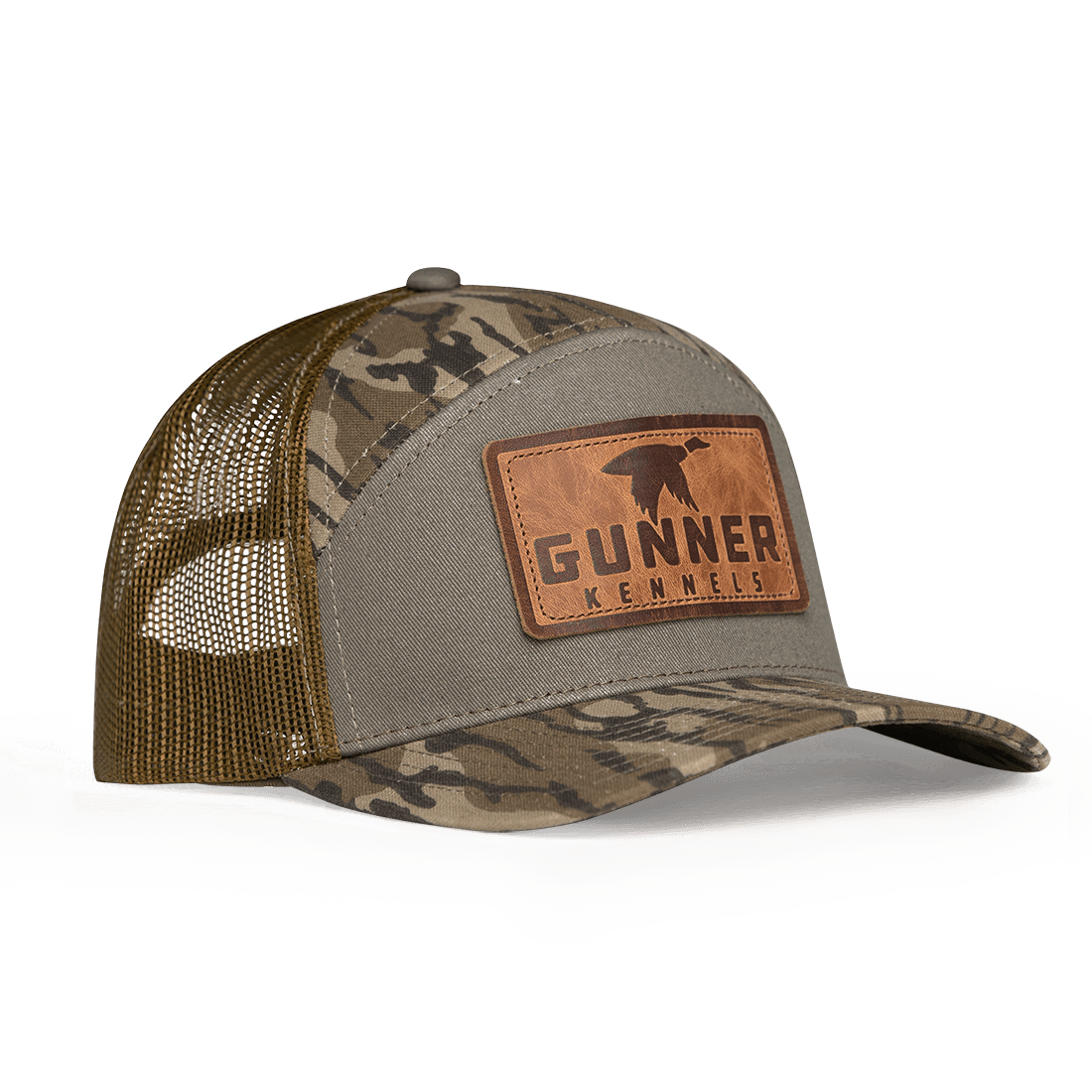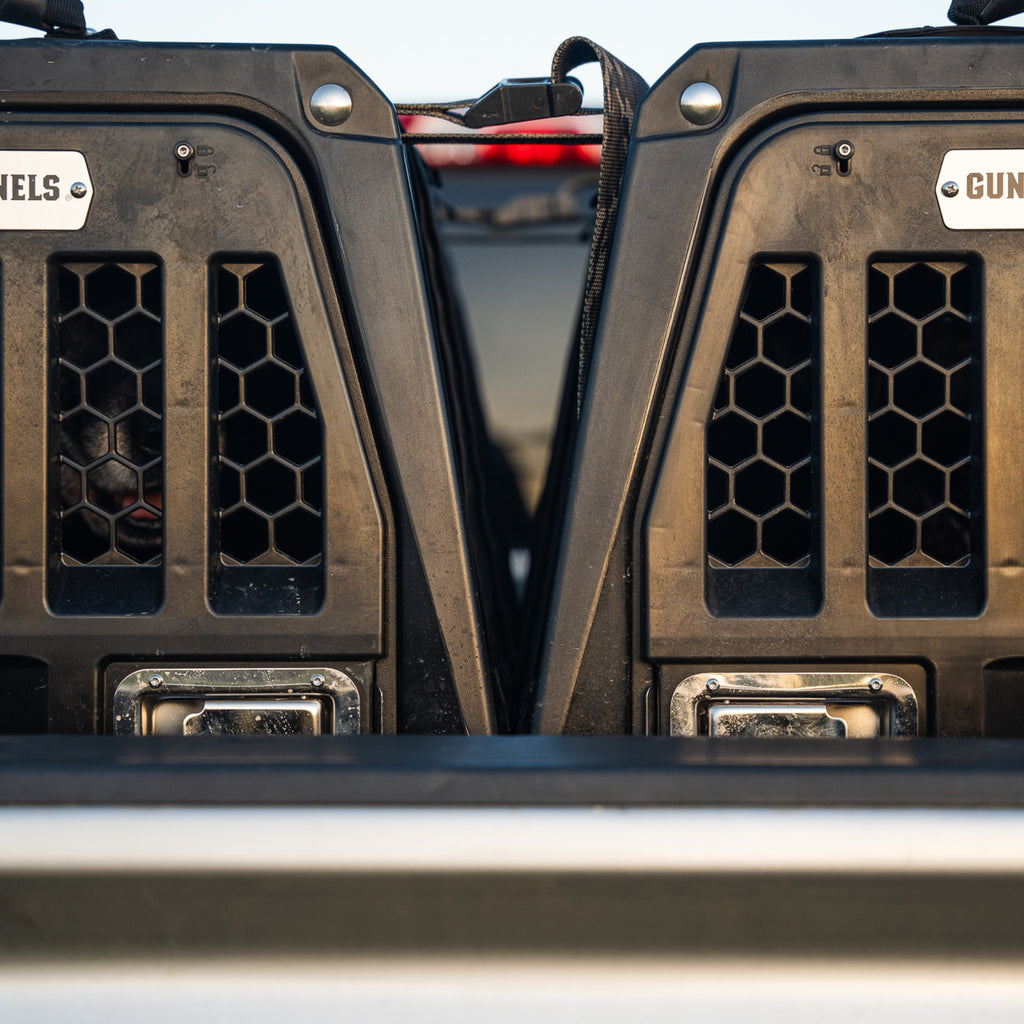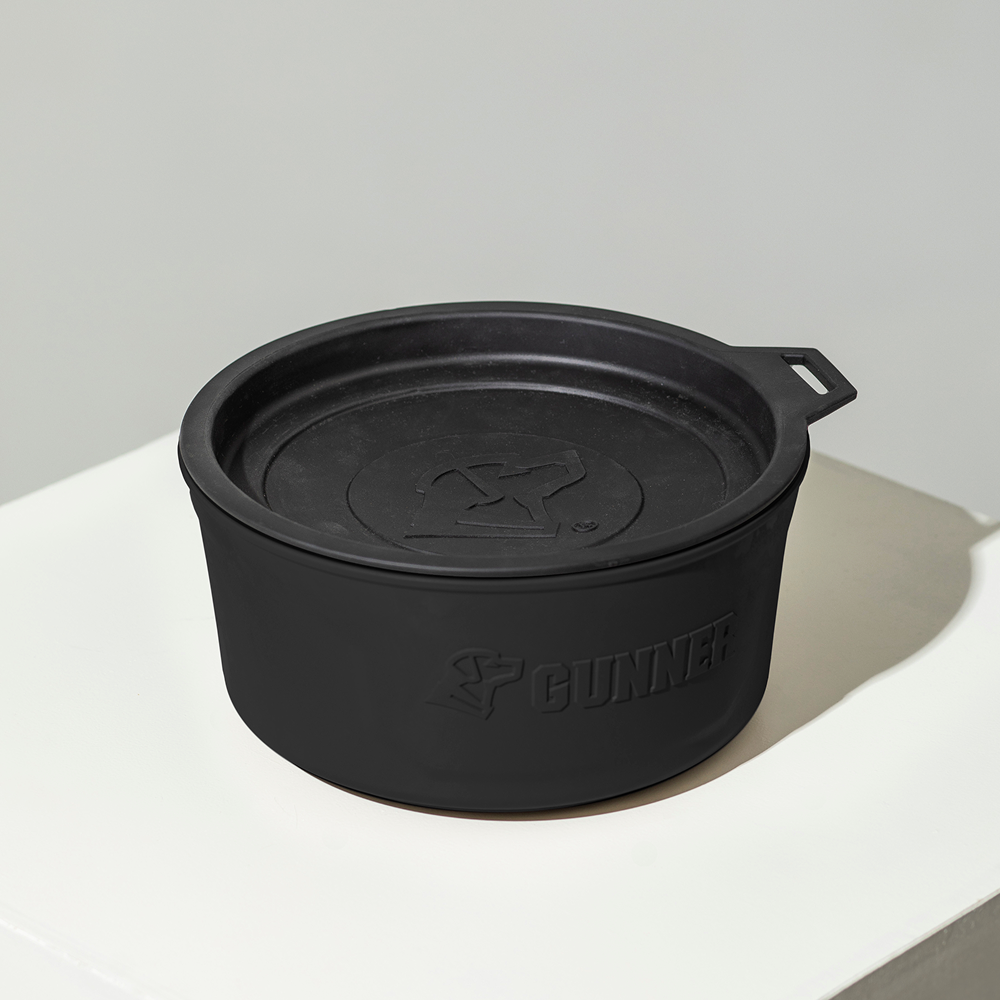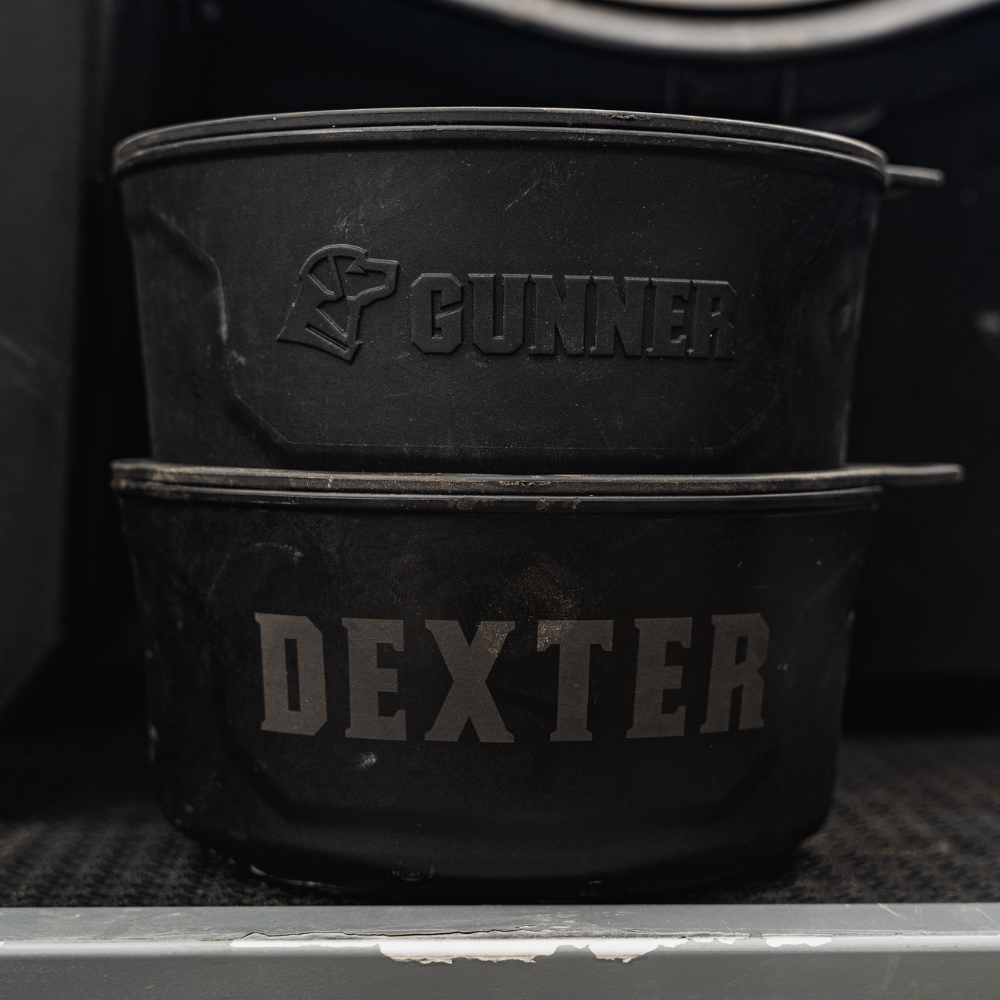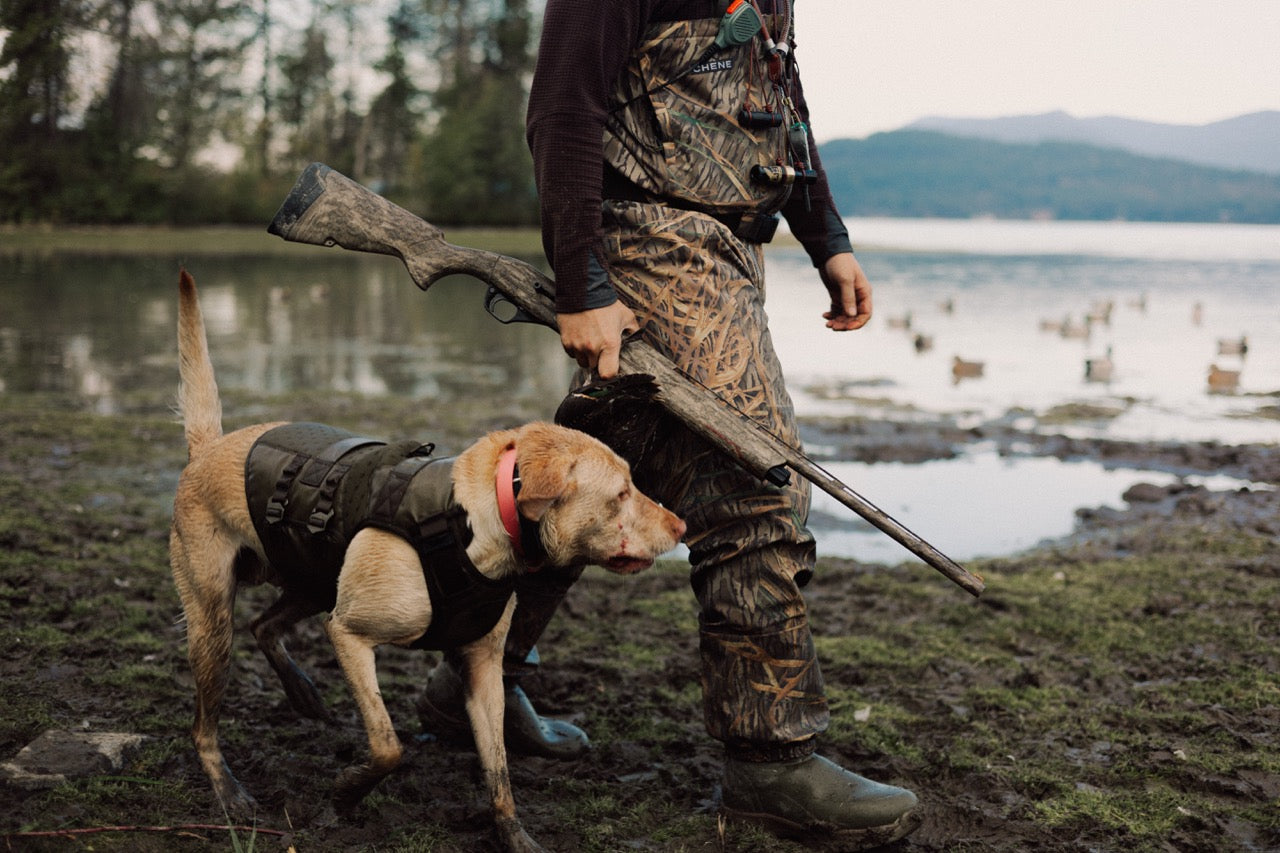Story by Charles Jobes | As Told by GUNNER
Susquehanna is the fourth Flyway Series release from GUNNER, which features limited-edition colors that draw inspiration from iconic destinations and honey holes within the four North American flyways. Limited quantities available. A portion of Susquehanna-edition products proceeds will be donated to Ducks Unlimited R. Madison Mitchell chapter.
The collection launches August 17, 2023. Sign up here for early access.
My dad, Harry Jobes, started making decoys in 1948 when he was just 12 years old. He entered a sleeper hen canvasback into an art competition and won– as it turned out, the judge of the competition was the wife of decoy carver Madison Mitchell, who had been making decoys since the early 1920s. Mrs. Mitchell immediately told Madison he needed to hire my dad to help in his decoy shop.


My dad worked in Madison Mitchell’s shop for 28 years before opening his own shop in 1971. Each summer he’d work to turn the decoy bodies out of old cedar telephone poles, paint them, and then pile them all up for 3-4 months to dry. Then in the fall, he’d put them all together– he made about 1,500-2,500 decoys each year, all handmade. Since there was no internet for people to find his shop, he traveled up and down the whole east coast and throughout the midwest to get the word out about the decoys. If there was a show in the area, my old man was there selling.


Me and my dad at a show in Delaware when I was six years old
Growing up, I didn’t really have any choice but to love decoy carving. We made decoys to make money. As kids, my brothers and I were always with my dad working, and it grew into a passion for me. I made my first decoys when I was seven or eight years old. I call them mini miniatures– they were simple blocks of wood about 1.5 inches long, painted black, white, and red with a bright red eye. I’d take the blocks of wood home and work on them at the little paint bench in my bedroom. Eventually I started selling them for fifty cents each, and I’d raise the prices each year. I didn’t just make four or five of them; I made thousands over the years. Those were really my introduction to decoy carving.


Left: Me and my brother Joey working in my dad's shop in 1974. I was 10 years old. | Right: The mini miniatures
I still follow the same decoy making process as my dad taught me back then, with a few minor changes. Having drum sanders and a bandsaw really helps speed things up– I can cut a head out on a bandsaw and have it done in about 12 minutes. But here in the shop, there are certain techniques that we still do. Decoys are all sanded the same way on a belt sander, all primed and hand-sanded, and then put in the water and balanced the same way. The biggest difference in decoy carving now is that nowadays, we mainly make them for people. Years ago they were used to entice ducks to come in while hunting, but now people typically buy them for display. Regardless, I still love making them, especially once it’s time to paint. I could sit here and do that forever– it’s my favorite part.


One time, I made some decoys from a skipjack here in Maryland. It was the oldest skipjack ever built, back in 1886, but it sank back in 1999. When they salvaged the wreckage, I took the mast and made 82 canvasback decoys. Many of those were sold for thousands of dollars a piece, and the majority of the money from the collection went to refurbish that skipjack.


I’ve made thousands upon thousands of decoys, so I’m not sure if there’s a “most coveted” one. Since I’ve started collaborating with Ducks Unlimited, I’ve gotten to make a lot of cool decoys with different colors and logos on the back, including ones with the Baltimore Orioles and Denver Broncos logos. One of my favorites was a mallard with a cowboy hat I made for Garth Brooks. These special decoys typically bring around $8,000-10,000 each at an auction, which is pretty cool. I love being able to give back to DU that way.


GIVING BACK
For every Susquehanna Kennel or Food Crate that our GUNNER customers purchase, we will be giving a portion of proceeds back to the Ducks Unlimited R. Madison Mitchell chapter. In addition, when customers choose to donate $1 at checkout to the organization, GUNNER will equally match that donation in honor of the customer's gift.
Want to shop the Susquehanna drop before everyone else? Sign up for our SMS messages to get early access. Our last limited-edition collection sold out in hours– you don’t want to miss this.






